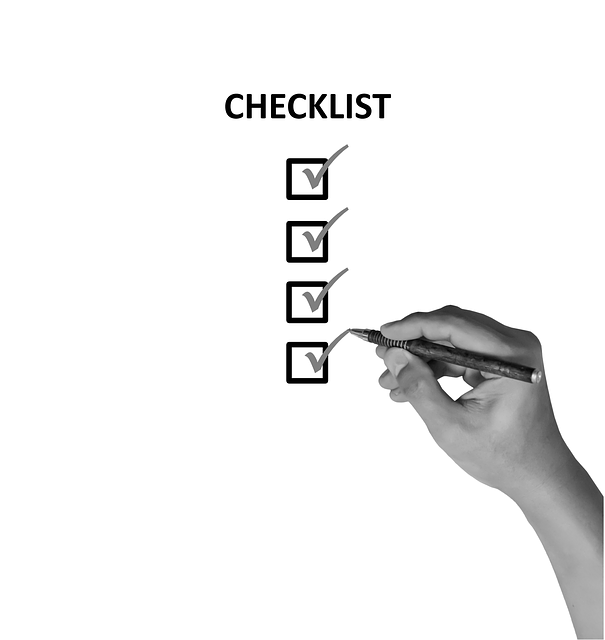The Employee-Driven Improvement Model (EDIM), powered by lean management and 5S training (sorting, setting in order, cleaning, standardizing, sustaining), revolutionizes workplace organization. This proven strategy optimizes productivity by reducing waste, streamlining processes, and empowering employees to identify and implement improvements based on their direct experiences. Integrating 5S with Lean management fosters a culture of continuous enhancement, boosting employee engagement, problem-solving skills, job satisfaction, and ultimately, organizational success in today's competitive market.
“Unleash your team’s full potential with an empowering approach to workplace transformation: the Employee-Driven Improvement Model. This innovative strategy focuses on harnessing the power of every employee to drive efficiency and excellence.
In this article, we’ll explore how implementing 5S Training and Lean Management principles can revolutionize your space. We’ll delve into the significance of workplace organization and continuous improvement, uncovering the secrets to process standardization that will benefit your business.”
- Understanding the Employee-Driven Improvement Model
- Implementing 5S Training and Lean Management Principles
- The Role of Workplace Organization and Continuous Improvement
Understanding the Employee-Driven Improvement Model

The Employee-Driven Improvement Model (EDIM) is a powerful approach that empowers employees to actively participate in enhancing workplace efficiency and quality. This model, deeply rooted in lean management principles, focuses on fostering a culture where every individual takes ownership of their role and contributes to continuous improvement. One key component of EDIM is the 5S training methodology, which involves sorting, setting in order, shining (cleaning), standardizing, and sustaining. By implementing 5S, workplaces achieve optimal organization, eliminating waste and enhancing productivity through process standardization.
This model encourages teams to identify inefficiencies, streamline processes, and suggest improvements based on their firsthand experience. This bottom-up approach aligns with the principles of lean management by minimizing unnecessary steps, reducing defects, and maximizing customer value. Through regular 5S continuous improvement activities, employees gain a deeper understanding of their work, leading to better problem-solving skills and increased engagement.
Implementing 5S Training and Lean Management Principles

Implementing 5S Training and Lean Management Principles is a powerful strategy for driving workplace organization and continuous improvement. 5S training, rooted in Japanese manufacturing, focuses on sorting, setting in order, shining (cleaning), standardizing, and sustaining. This methodology transforms workplaces into organized, efficient environments where every element has its designated place and purpose. By integrating 5S principles with Lean management practices, organizations can achieve significant gains in productivity, quality, and employee engagement.
Lean Management amplifies the benefits of 5S by emphasizing process standardization and elimination of waste. It encourages teams to identify inefficiencies and streamline workflows, ensuring that every step adds value to the end product or service. This collaborative approach fosters a culture of continuous improvement where employees actively participate in identifying solutions and driving changes, ultimately leading to increased job satisfaction and overall organizational success.
The Role of Workplace Organization and Continuous Improvement

In today’s competitive business landscape, successful organizations recognize the power of employee-driven improvement models to foster innovation and enhance productivity. Workplace organization is a cornerstone of this approach, where strategies like 5S training are employed to create efficient, orderly, and visually appealing work environments. This systematic method involves sorting, setting in order, shining (cleaning), standardizing, and sustaining, effectively transforming workplaces into streamlined operations.
By integrating lean management principles alongside 5S continuous improvement initiatives, companies can achieve remarkable results. Process standardization becomes a cornerstone of this synergy, allowing for the elimination of waste, streamlining workflows, and empowering employees to identify and implement improvements. This collaborative effort not only enhances overall productivity but also fosters a culture of ownership and engagement among the workforce.
